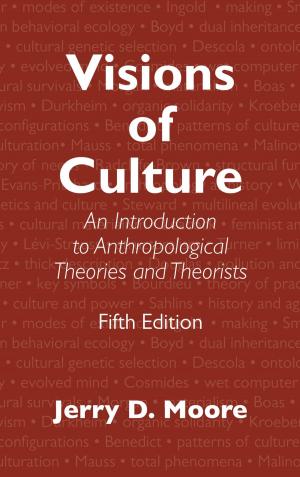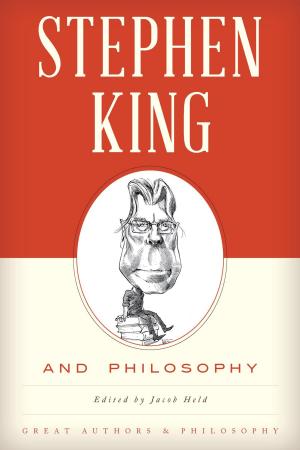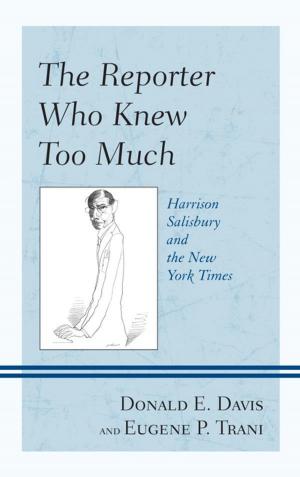Archaeological Thinking
How to Make Sense of the Past
Nonfiction, Social & Cultural Studies, Social Science, Methodology, Archaeology| Author: | Charles E. Orser Jr. | ISBN: | 9781442226999 |
| Publisher: | Rowman & Littlefield Publishers | Publication: | November 7, 2014 |
| Imprint: | Rowman & Littlefield Publishers | Language: | English |
| Author: | Charles E. Orser Jr. |
| ISBN: | 9781442226999 |
| Publisher: | Rowman & Littlefield Publishers |
| Publication: | November 7, 2014 |
| Imprint: | Rowman & Littlefield Publishers |
| Language: | English |
How do archaeologists think? How do they use the scattered and often-fragmentary remains from the past—both historical and excavated—to create meaningful, sensible interpretations of human history? In Archaeological Thinking, Charles E. Orser, Jr., provides a commonsense guide to applying critical thinking skills to archaeological questions and evidence.
Rather than critiquing and debunking specific cases of pseudo-archaeology or concentrating on archaeological theory, Orser considers the basics of scientific thinking, the use of logic and analogy, the meaning and context of facts, and the evaluation of source materials. He explains, concisely and accessibly, how archaeologists use these principles to create pictures of the past and teaches students to develop the skills needed to make equally reasoned interpretations.
How do archaeologists think? How do they use the scattered and often-fragmentary remains from the past—both historical and excavated—to create meaningful, sensible interpretations of human history? In Archaeological Thinking, Charles E. Orser, Jr., provides a commonsense guide to applying critical thinking skills to archaeological questions and evidence.
Rather than critiquing and debunking specific cases of pseudo-archaeology or concentrating on archaeological theory, Orser considers the basics of scientific thinking, the use of logic and analogy, the meaning and context of facts, and the evaluation of source materials. He explains, concisely and accessibly, how archaeologists use these principles to create pictures of the past and teaches students to develop the skills needed to make equally reasoned interpretations.















